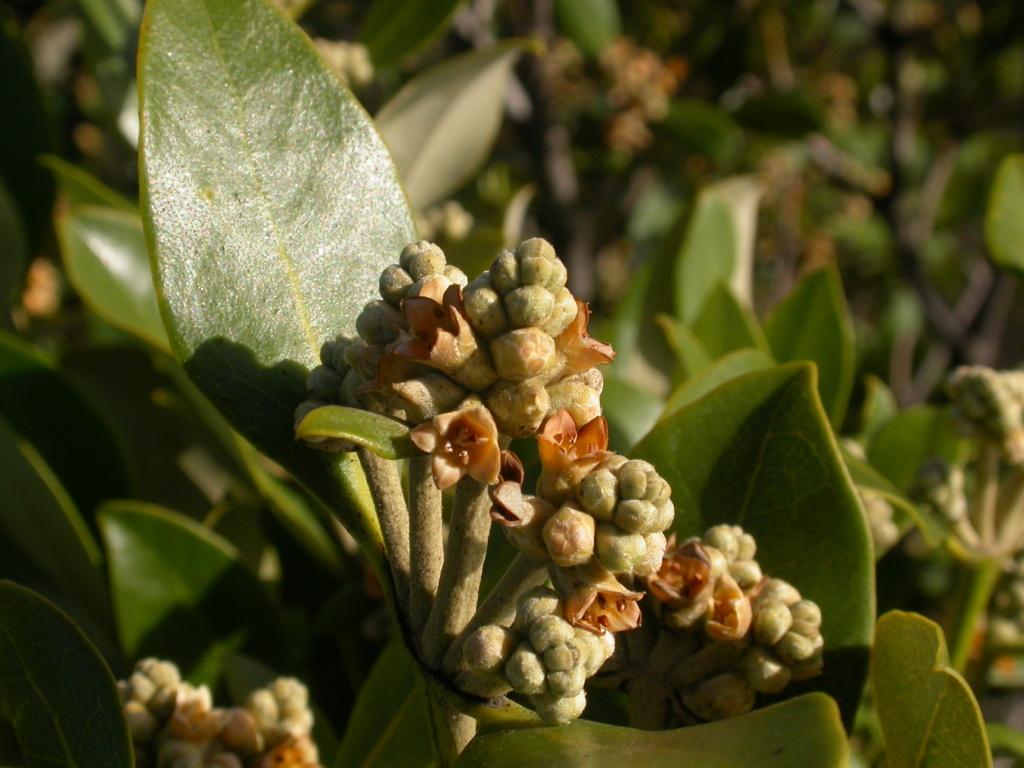Acanthaceae
Herbs or subshrubs, rarely small trees or climbers, sometimes mangroves, usually with cystoliths; branches often 4–6-angled or grooved, usually with transverse ridges across the nodes. Leaves opposite, simple, entire or shallowly toothed, rarely deeply incised; stipules absent. Inflorescence axillary or terminal spikes, cymes, racemes or clusters, or flowers solitary. Flowers usually zygomorphic, bisexual, often both chasmogamous and cleistogamous present on same plant, often subtended by a bract and with 2 leafy bracteoles; sepals usually 4 or 5, rarely more, equal and fused only at base or unequal and fused higher up; corolla tubular, regular or 2-lipped, with 5 spreading lobes; stamens fused with corolla, in 2 pairs of unequal length, 2 often sterile, filaments free or fused basally in pairs, anthers usually 2-celled, opening by longitudinal slits; ovary superior, 2-celled, ovules 2–12 per cell, style simple. Fruit a loculicidal 2-valved capsule, or, sometimes 1-celled by abortion, often opening explosively after drying or on wetting, usually with persistent seed-bearing hooks; seeds 2–many, compressed, discoid, sometimes with mucilaginous hairs, or solitary and viviparous in Avicennia.
About 220 genera with c. 4000 species, chiefly in tropical and subtropical regions but extending to temperate regions; 28 genera in Australia.
Jeanes, J.A. (1999). Acanthaceae. In: Walsh, N.G.; Entwisle, T.J., Flora of Victoria Vol. 4, Cornaceae to Asteraceae, pp. 542–543. Inkata Press, Melbourne.
 Spinning
Spinning


